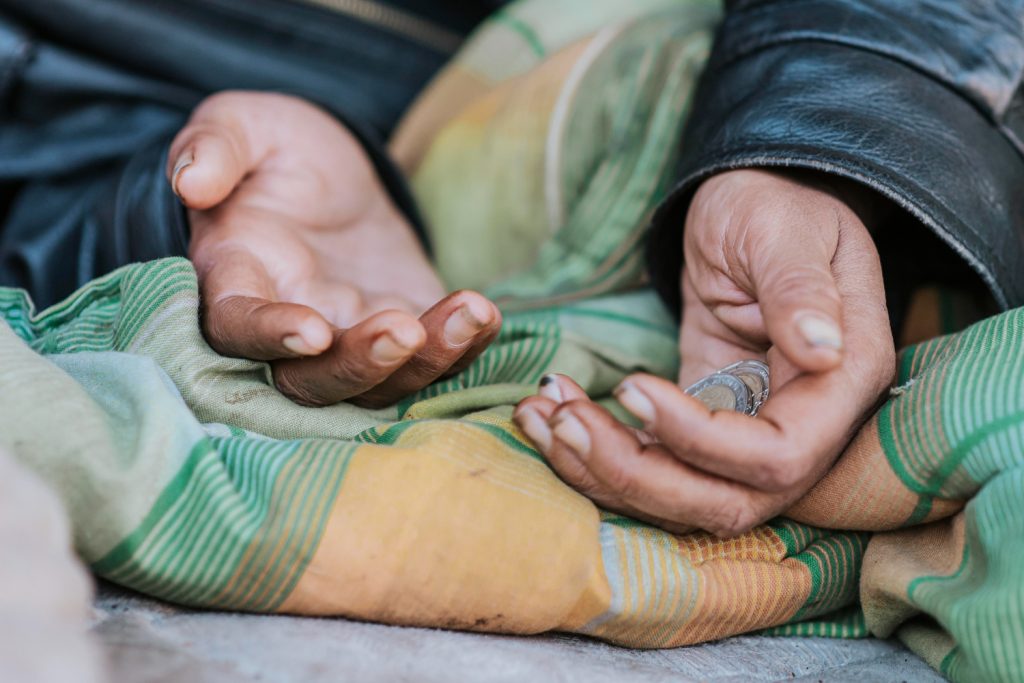International Day for the Eradication of Poverty
The World Bank’s global poverty line of $3 per day per person is surely too low, but that is not the only limit of this lens for seeing poverty. Experts have expanded the notion of poverty to encompass the broader aspects of life—like health and education—captured by multi-dimensional poverty measures. These broader ideas are valuable, but it remains important to keep a focus on the traditional idea of poverty: that people lack sufficient income.
The problem with the $3 a day poverty idea is not that it focuses on money, but that it is built around an average. That daily average is an abstraction that can give a highly distorted view of people’s actually lives from season to season.
Thanks to several decades of economic growth, the World Bank counts that today 808 million people live on less than $3 a day per person. This is great progress from the 2 billion people counted as poor in 2000, but it is still a phenomenally large number of people, roughly 10 percent of humanity. Most of today’s poorest people rely on income from agriculture-related occupations, and 3 out of 4 live in sub-Saharan Africa.
This dependence on agriculture means that not only are the world’s poorest members forced to cope with limited money, but most are also vulnerable to swings in crop prices and weather, and they are routinely exposed to lean seasons in between harvests. Coping is even harder as climate change creates more volatility.
But the $3 a day poverty idea misses all that. The $3 a day notion of poverty captures a very important element of deprivation, but it is far from the whole story.
The $3 a day approach makes it harder to see the worst deprivations that people face because those most difficult times are usually associated with lean seasons, when food is scarce and hunger more common. The $3 a day poverty idea averages out those ups and downs in the process of calculating the daily average for the year. What happens within the year—from season to season—is lost in that average.
For struggling households, however, those ups and downs and hungry seasons can matter a lot—sometimes more than the abstraction captured by their daily average. No one actually lives on average.
Fortunately, there are simple measures like the timecount (based on the share of the year that people are poor) that start to get at how people are faring at different times of year—reflecting that people sometimes do worse and sometimes better.
Timecounts show that many more people—in some cases, double or more—experience poverty at some point during the year relative to what is suggested by their daily averages.
On the International Day for the Eradication of Poverty, it is time to commit to reducing exposure to poverty as it is experienced in people’s actual lives and struggles through the year, not just to eradicate an abstract idea of deprivation—based on the daily average—that governments have found convenient to measure.
Professor of Public Policy and Economics at New York University’s Wagner Graduate School of Public Service. His research focuses on people’s economic lives and their financial capabilities. His most recent book is The Financial Diaries with Rachel Schneider.


